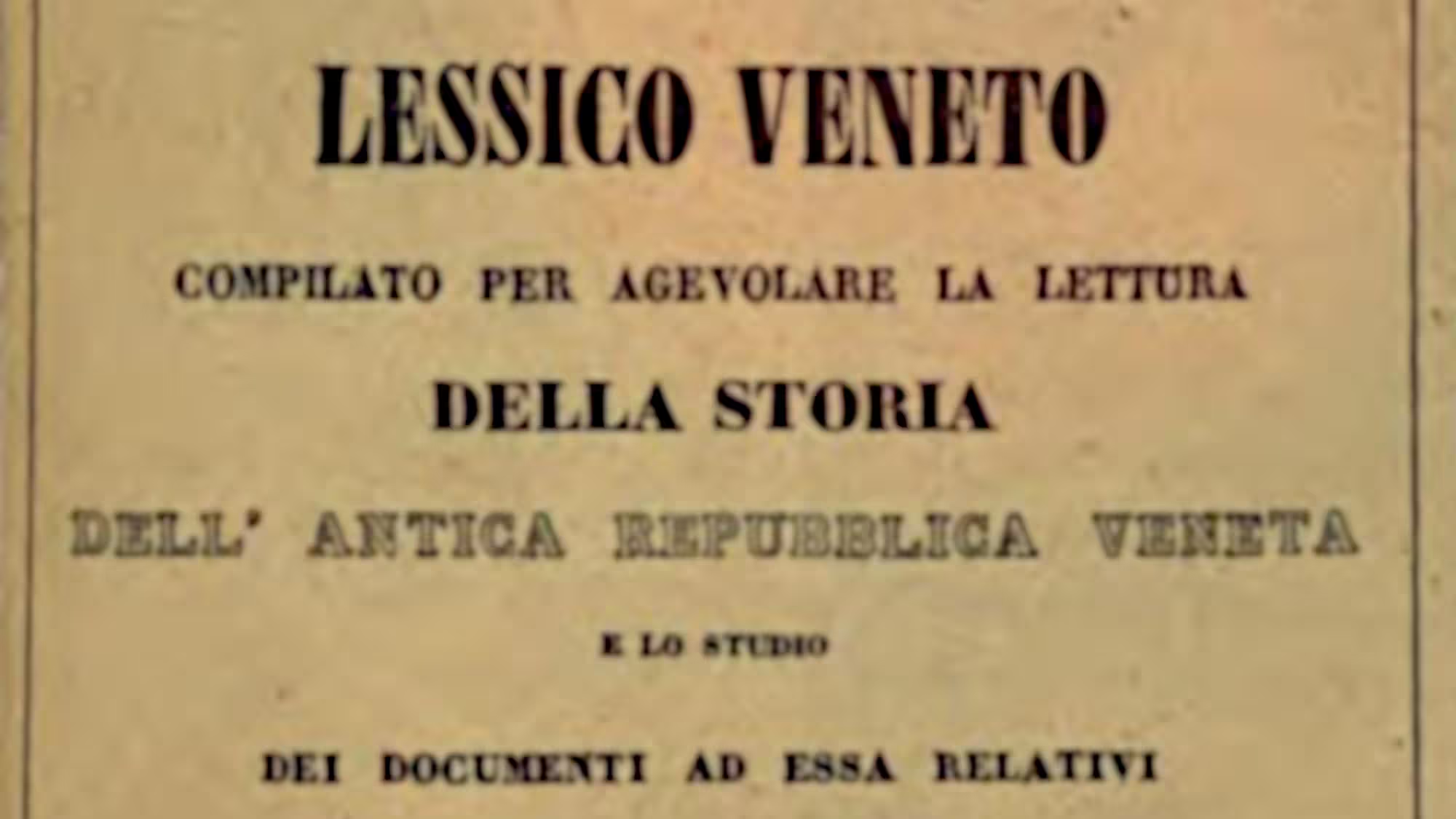Venice
-
Veduta delle due Chiese di S. Nicolò e S. Giuseppe di Castello — Il Gran Teatro di Venezia — plate 16
“Veduta delle due Chiese di S. Nicolò e S. Giuseppe di Castello” from the “Gran Teatro di Venezia”, published by Domenico Lovisa, c. 1717.
-
La Piazza di S. Marco — Il Gran Teatro di Venezia — plate 1
“La Piazza di S. Marco” from the “Gran Teatro di Venezia”, published by Domenico Lovisa, c. 1717.
-
Veduta della Chiesa di S. Giustina — Il Gran Teatro di Venezia — plate 18
“Veduta della Chiesa di S. Giustina” from the “Gran Teatro di Venezia”, published by Domenico Lovisa, c. 1717.
-
Gran Consiglio — Habiti d’huomeni et donne venetiane — 12
“Gran Consiglio” from the “Habiti d’huomeni et donne venetiane”, published by Giacomo Franco, c. 1610.
-
Habiti d’huomeni et donne venetiane — Giacomo Franco
About forty engravings from the early 1600s, with dresses, attires, ceremonies, feasts, regattas and much more.
-
Veduta della Fondamenta della Croce di Venetia — Il Gran Teatro di Venezia — plate 48
“Veduta della Fondamenta della Croce di Venetia” from the “Gran Teatro di Venezia”, published by Domenico Lovisa, c. 1717.
-
Nobile alla Rachetta — Nobleman playing racchetta — Grevembroch 1-94
“Nobile alla Rachetta” (Noble playing racchetta) from the Gli abiti de veneziani (1754) by Giovanni Grevembroch, translated by René Seindal.
-
The game of Calcio
The Venetians played ball games of various kinds. The game of Calcio is the one sounds most modern, but it wasn’t exactly like it’s played today. Far from it, in fact.
-
Il Gran teatro di Venezia — Domenico Lovisa
The engravings published by Domenico Lovisa in the early 1700s are among the illustrations of Venice most often used in books and articles.










